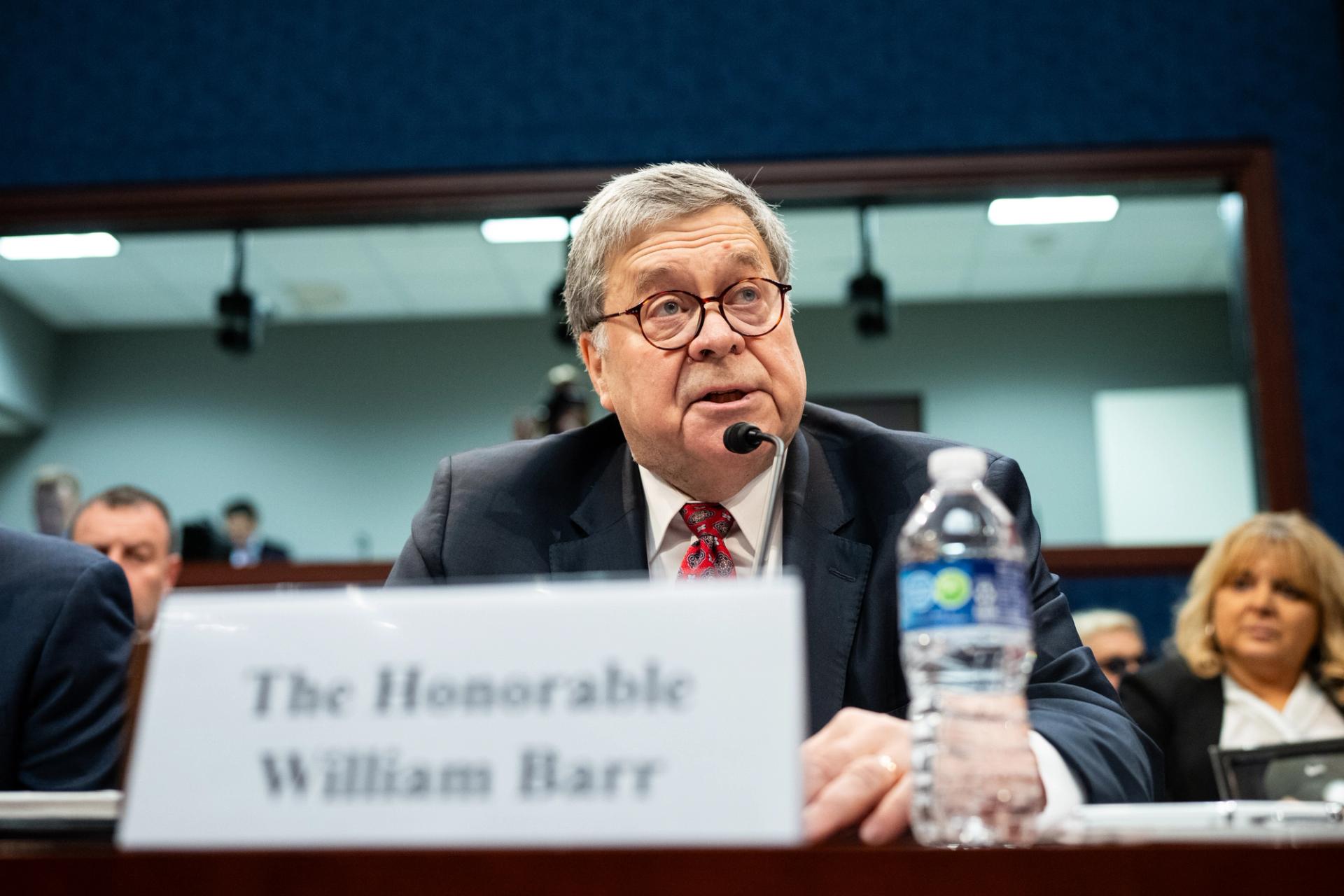Semafor Signals
Supported by
China knowingly funds deadly US fentanyl crisis, House panel says
Insights from NBC News, The Washington Post, and The Center for Strategic and International Studies

The News
China is knowingly funding and fueling the United States’ fentanyl crisis to profit from the deadly opioid epidemic, according to a report published Tuesday that details a months-long investigation by the House Select Committee on China.
The Chinese Communist Party “directly subsidizes” the manufacture and export of fentanyl materials through tax rebates, gives money to companies openly trafficking these materials, and tips off drug traffickers when the U.S. government seeks to investigate them.
“The Chinese Communist Party is telling us that it wants more fentanyl entering our country,” Chairman Mike Gallagher, R-Wisc., said in opening remarks at a hearing on the report. “It wants the societal chaos and devastation that has resulted from this epidemic. And yes, it wants more dead Americans.”
The committee recommended that the U.S. strengthen sanctions against those involved in the fentanyl trade “in an aggressive and coordinated manner” and close regulatory and enforcement gaps that Beijing exploits.
SIGNALS
Crisis wouldn’t exist without China
Former U.S. Attorney General William Barr testified Tuesday that without China’s production and export of fentanyl and its precursors, the U.S. fentanyl crisis would not exist. “The mass slaughter would effectively stop,” he said.
Several officials pointed out that China, despite being the world’s largest manufacturer of the chemicals needed to produce fentanyl, does not suffer from its own fentanyl crisis. But that also means China “doesn’t share the U.S.’s urgency to go after precursor sellers,” The Wall Street Journal reported.
US says supply is the problem, China says it’s demand
The U.S. and China disagree sharply on what’s fueling the fentanyl crisis in America: The U.S. government says it’s the supply of the drugs coming out of China, while the Chinese government says it’s the demand from the U.S. “The fentanyl crisis in the United States is not manufactured by China; its roots lie within the country itself,” Yu Haibin, one of China’s top narcotics control officials, told NBC in January ahead of a meeting between U.S. and Chinese officials on stemming the flow of fentanyl into the U.S.
Those diametrically opposed views have pushed the nations to an impasse on the issue. U.S.-China cooperation on addressing drug trafficking has “come to almost a complete halt,” Vanda Felbab-Brown of the Brookings Institution told the Center for Strategic and International Studies.
The next US drug crisis is already here
Fentanyl isn’t the only Chinese-supplied drug wreaking havoc in the U.S. New deadly chemicals known as nitazenes and xylazines (or “tranqs”) that can be up to 25 times more potent than fentanyl are proliferating across the U.S., killing increasing numbers of Americans, the House committee’s report highlighted.
But some experts say the government is in a better place to address the latest crisis than when fentanyl hit U.S. streets. “The federal government has been much quicker to start worrying about xylazine than they were about fentanyl,” Katharine Neill Harris, a fellow in Drug Policy at Rice University’s Baker Institute for Public Policy, told The Washington Post. But many harm reduction advocates say that cracking down on any drug is like playing whack-a-mole. “We try to stop this here and then something else pops up,” one told the newspaper.
